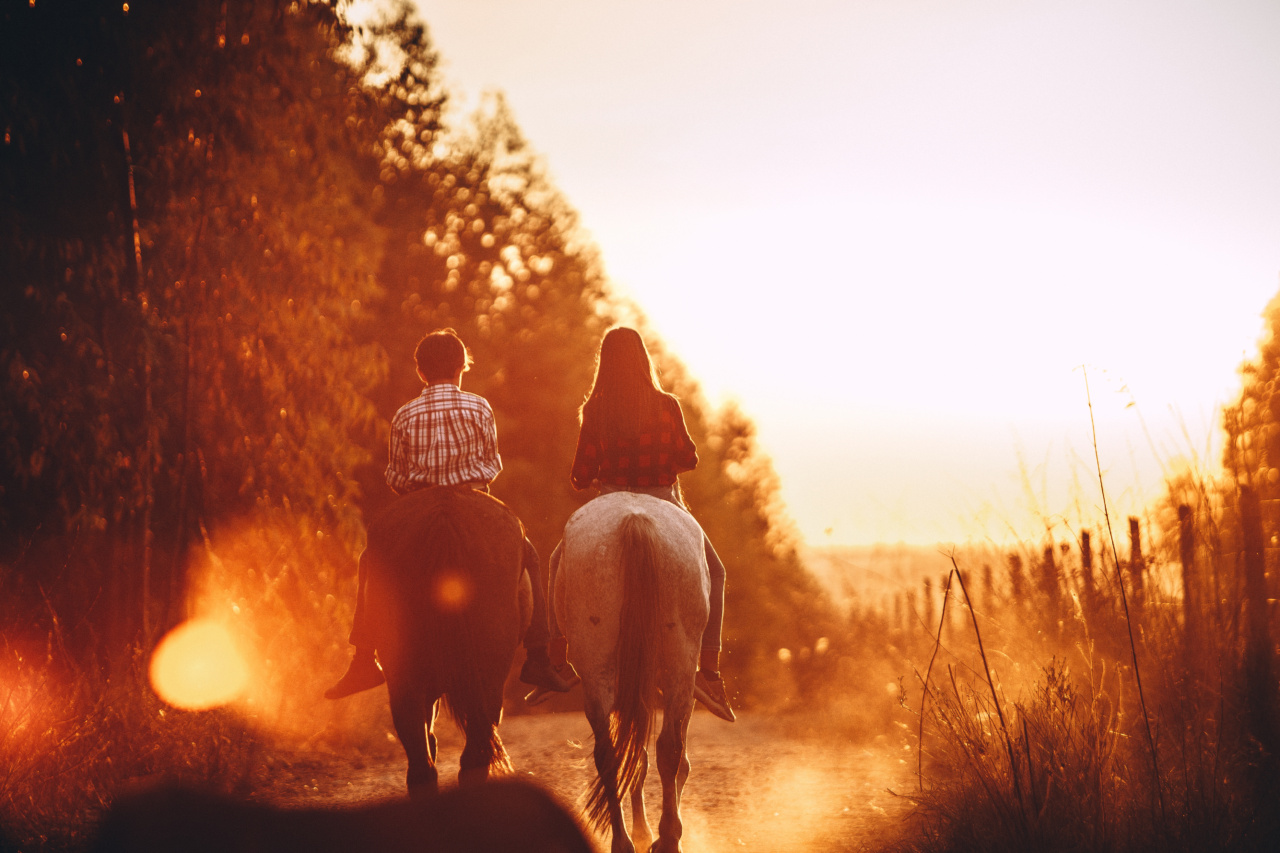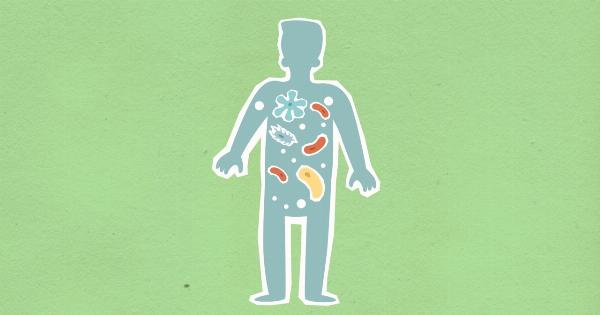In today’s fast-paced and interconnected world, the COVID-19 pandemic has brought about a heightened awareness of the importance of virus-free zones.
As urban areas experience high population densities and increased human interaction, the risk of virus transmission becomes amplified. In contrast, the countryside offers a natural haven, with its wide-open spaces, lower population densities, and fewer instances of human contact. These factors contribute to the existence of virus-free zones in rural areas.
The countryside, often characterized by its serenity and isolation, provides a respite from the chaos and stress of urban life. It offers a unique environment with abundant greenery, clean air, and minimal pollution.
These factors, combined with a smaller population, reduce the likelihood of virus transmission, making rural areas potential virus-free zones.
1. Less Human Interaction
One of the key factors that contribute to the creation of virus-free zones in the countryside is the reduced level of human interaction.
Compared to densely populated cities, rural areas have a lower population density, resulting in fewer instances of human contact. The reduced proximity between individuals significantly lowers the risk of virus transmission.
In urban areas, individuals often work in close proximity to each other, rely on public transportation, and interact frequently in crowded spaces such as restaurants, cafes, and shopping centers.
In contrast, the countryside offers larger personal spaces, outdoor work environments, and reduced dependence on public transportation. These factors contribute to a lower risk of virus transmission, making rural areas attractive as virus-free zones.
2. Wide-Open Spaces
The countryside is characterized by vast open spaces, such as farms, fields, and forests. These spacious environments not only provide breathtaking views but also allow for increased physical distancing.
The ability to maintain a safe distance from others is crucial in preventing the transmission of viruses.
Individuals living in the countryside have the luxury of enjoying the outdoors without the worry of overcrowding. Activities such as hiking, biking, and picnicking can be done while maintaining a safe distance from others.
The availability of wide-open spaces allows for a greater level of freedom and peace of mind, creating an ideal virus-free zone.
3. Limited Travel and Tourism
In the countryside, travel and tourism activities are often limited compared to urban areas. This limitation, coupled with the reduced population density, decreases the influx of outsiders.
Rural areas are not typically tourist hotspots, attracting a large number of visitors. Consequently, the risk of introducing viruses from outside sources is significantly reduced.
Urban areas, on the other hand, attract tourists from all over the world. High tourist traffic increases the chances of introducing new viruses and facilitates their spread.
In the countryside, the limited tourism activity acts as a barrier against potential virus introduction, contributing to the creation of virus-free zones.
4. Strong Sense of Community
Rural areas often have a strong sense of community, forged through close-knit relationships and mutual support. This community spirit plays a crucial role in maintaining virus-free zones.
The close connections between residents foster a collective responsibility to protect the community from the risk of virus transmission.
In rural areas, individuals tend to know their neighbors, contributing to a vigilant network that ensures adherence to preventive measures.
This collective effort minimizes the chances of virus spreading within the community and creates a stronger defense against potential outbreaks.
5. Greater Personal Responsibility
The countryside fosters a greater sense of personal responsibility toward one’s health and well-being.
Individuals are more likely to take precautionary measures seriously, such as practicing good hygiene, wearing masks, and practicing social distancing, even in the absence of strict regulations.
Living in close quarters in urban areas can sometimes lead to a feeling of anonymity and detachment.
In rural areas, individuals are acutely aware of their impact on the community and are thus more likely to prioritize the health and safety of themselves and others.
6. Access to Fresh and Nutritious Food
The countryside often boasts abundant agricultural resources, providing access to fresh and nutritious food.
The availability of locally grown produce reduces reliance on imported goods and long supply chains, minimizing exposure to potential virus carriers.
Rural communities can benefit from a farm-to-table approach, where the food travels shorter distances and goes through fewer hands.
By consuming locally sourced food, individuals in the countryside can enjoy higher quality products with reduced risk of viral contamination compared to urban areas.
7. Natural Immunity Boosters
Studies have shown that spending time in natural environments can boost the immune system and improve overall health.
The countryside offers exposure to fresh air, sunlight, and natural beauty, all of which contribute to enhanced well-being and immune resilience.
Urban areas, on the other hand, often have higher pollution levels, limited access to green spaces, and limited opportunities for outdoor activities.
These factors can lead to compromised immune systems, making individuals more susceptible to viral infections. The countryside’s natural immunity boosters make it an ideal location for virus-free zones.
8. Proactive Measures and Preparedness
Rural areas, faced with the challenges of limited healthcare infrastructure, often take proactive measures to prevent outbreaks.
Community centers, local governments, and healthcare organizations collaborate to implement preventive measures, educate residents, and prepare for potential virus threats.
While urban areas tend to have more resources and are better equipped to handle outbreaks, rural communities often compensate for their limitations through proactive measures.
The coordination and preparedness displayed in rural areas contribute to the establishment of virus-free zones.
9. Ample Space for Quarantine
In the event of a viral outbreak, the countryside offers ample space to facilitate isolation and quarantine measures.
The availability of larger houses, spare rooms, and outbuildings makes it easier to separate individuals and protect the community from further spread.
Urban areas, with their high population density and limited living spaces, often struggle to provide adequate isolation facilities.
The countryside’s surplus of space allows for efficient separation and containment, making it an advantageous location for creating virus-free zones.
10. Enhanced Well-Being and Quality of Life
Living in the countryside often leads to enhanced overall well-being and a higher quality of life. The serene and peaceful environment fosters mental and physical health, reducing stress levels and promoting a sense of happiness and contentment.
Studies have linked stress to a weakened immune system, making individuals more susceptible to various illnesses, including viral infections.
The countryside provides a refuge from the constant hustle and bustle of urban life, benefiting both mental and physical health. By prioritizing well-being, individuals in the countryside can better protect themselves and maintain virus-free zones.
In conclusion, virus-free zones exist in the countryside due to a combination of factors, including reduced human interaction, wide-open spaces, limited travel and tourism, a strong sense of community, personal responsibility, access to fresh and nutritious food, natural immunity boosters, proactive measures and preparedness, ample space for quarantine, and enhanced well-being. These aspects contribute to a lower risk of virus transmission and make rural areas an attractive alternative for those seeking a safe haven from the threat of viral outbreaks.































